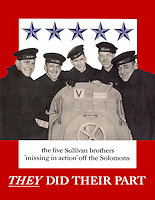 By Bruce Kuklick @ WWII Magazine
By Bruce Kuklick @ WWII Magazine
In the late evening and early morning of November 12-13, 1942, the United States and Japan engaged in one of the most brutal naval battles of World War II. Minutes into the fight, north of Guadalcanal, a torpedo from Japanese destroyer Amatsukaze ripped into the port side of the American light cruiser USS Juneau, taking out its steering and guns and killing 19 men in the forward engine room. The keel buckled and the propellers jammed. During the 10-15 minutes the crew was engaged in battle, sailors vomited and wept; to hide from the barrage, others tried to claw their way into the steel belly of their vessel. The ship listed to port, with its bow low in the water, and the stink of fuel made it difficult to breathe below deck.

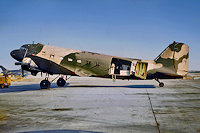 The awesome firepower of an AC-47’s miniguns was on full display when an Australian journalist bummed a ride with a “Spooky” crew.
The awesome firepower of an AC-47’s miniguns was on full display when an Australian journalist bummed a ride with a “Spooky” crew.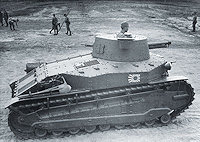 By Jiaxin “Jesse” Du @ WWII Magazine
By Jiaxin “Jesse” Du @ WWII Magazine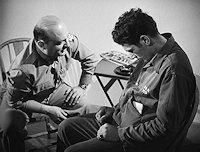 By Joseph Conner @ WWII Magazine
By Joseph Conner @ WWII Magazine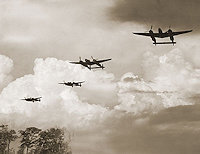 By Joseph Conner @ WWII Magazine
By Joseph Conner @ WWII Magazine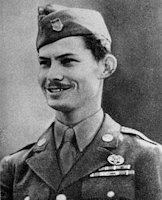 By Rachel S. Cox @
By Rachel S. Cox @ 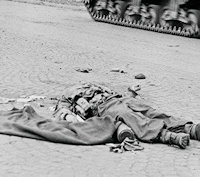 By Robert M. Citino @
By Robert M. Citino @ 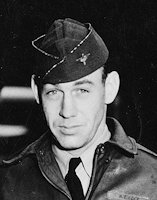 Dick Cole, the man who copiloted the lead B-25 on the famous 1942 Doolittle Raid
Dick Cole, the man who copiloted the lead B-25 on the famous 1942 Doolittle Raid D-Day from the German Perspective
D-Day from the German Perspective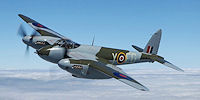 The de Havilland Mosquito Fighter Bomber
The de Havilland Mosquito Fighter Bomber